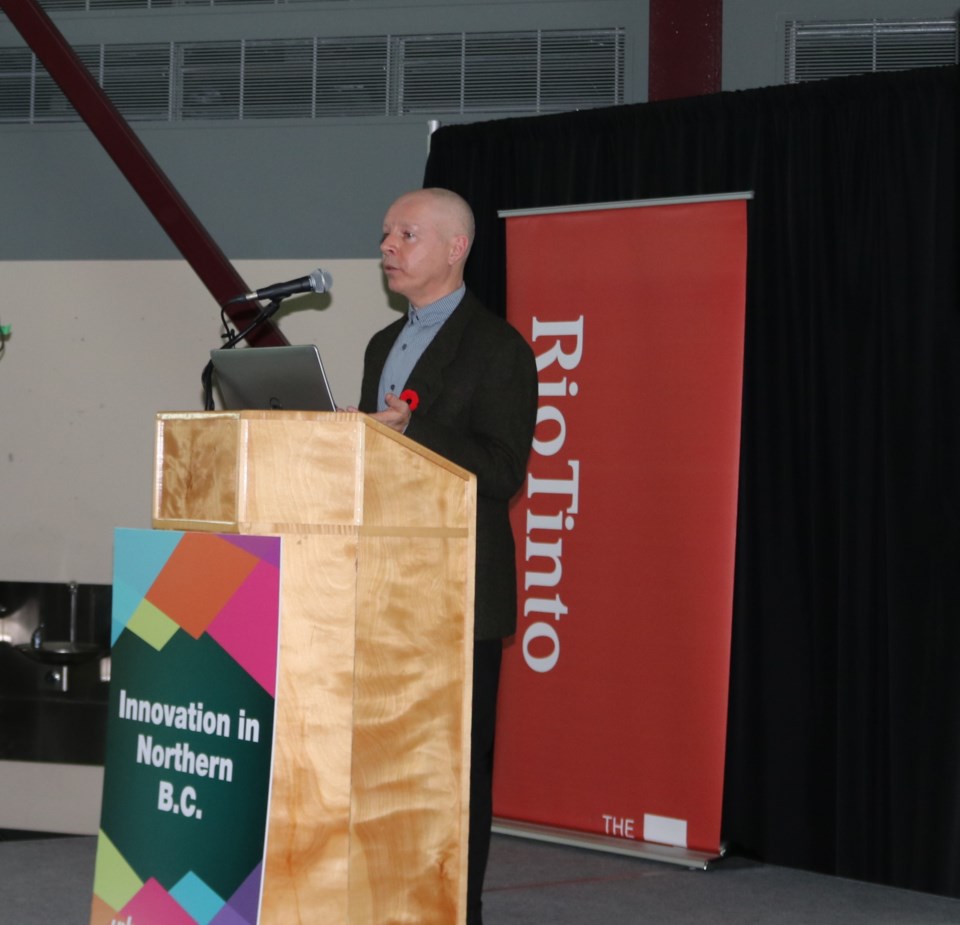A University of Northern British Columbia professor is heading a research project worth $1.5 million over five years to develop a better understanding of the effects of climate change and human activity on the Nechako watershed.
The goal, said UNBC environmental sciences professor Dr. Stephen Dery, is to help Rio Tinto make better decisions about when and how much water to release from the Nechako Reservoir, created in the 1950s when the river was reversed to produce electricity for its Kitimat aluminum smelter.
The company will contribute as much as half the total funding while the Natural Sciences and Engineering Research Council of Canada is providing the rest through its Industrial Research Chair program.
It builds on previous research carried out by Dery's team, also partly funded by Rio Tinto, and is supporting 13 students, ranging from doctoral candidates and post-doctoral fellows, to masters students and senior undergraduate researchers.
The work, which began in July, was announced Monday at UNBC.
"We're really trying to get to the causes of the changes in the hydrology in this vast watershed," Dery told local media following the announcement. "The water resource is really important for Rio Tinto and (so is) understanding what is happening to these water resources."
The project will feature an increase number of hydrometeorogical research stations in the Nechako River basin, monitoring of so-called atmospheric rivers, or long bands of rain also known as Pineapple Express storms, and an attempt to project future water flows and temperatures.
The Stuart River system will be included in the project.
"Of course, the Stuart River drains into the Nechako just downstream of Vanderhoof," Dery said. "It's very important for its salmon run as well and it's part of the watershed. So yes, Rio Tinto manages only part of the Upper Nechako proper but we want to understand everything on the watershed scale."
Affonso Bizon, Rio Tinto's general manger for the company's B.C. aluminum works, said the company has seen plenty of variation in the water levels in the reservoir and wants to get a better picture of what lies ahead.
"Definitely, this is going to create good data for us to make the right decisions in the future," he said.
The announcement comes as a lawsuit launched by Saik'uz and Stellat'en First Nations over the impacts of the diversion of water out of the Nechako remains before the courts. Bizon said the research is not related to the legal action.
"This is a different process," he said.

